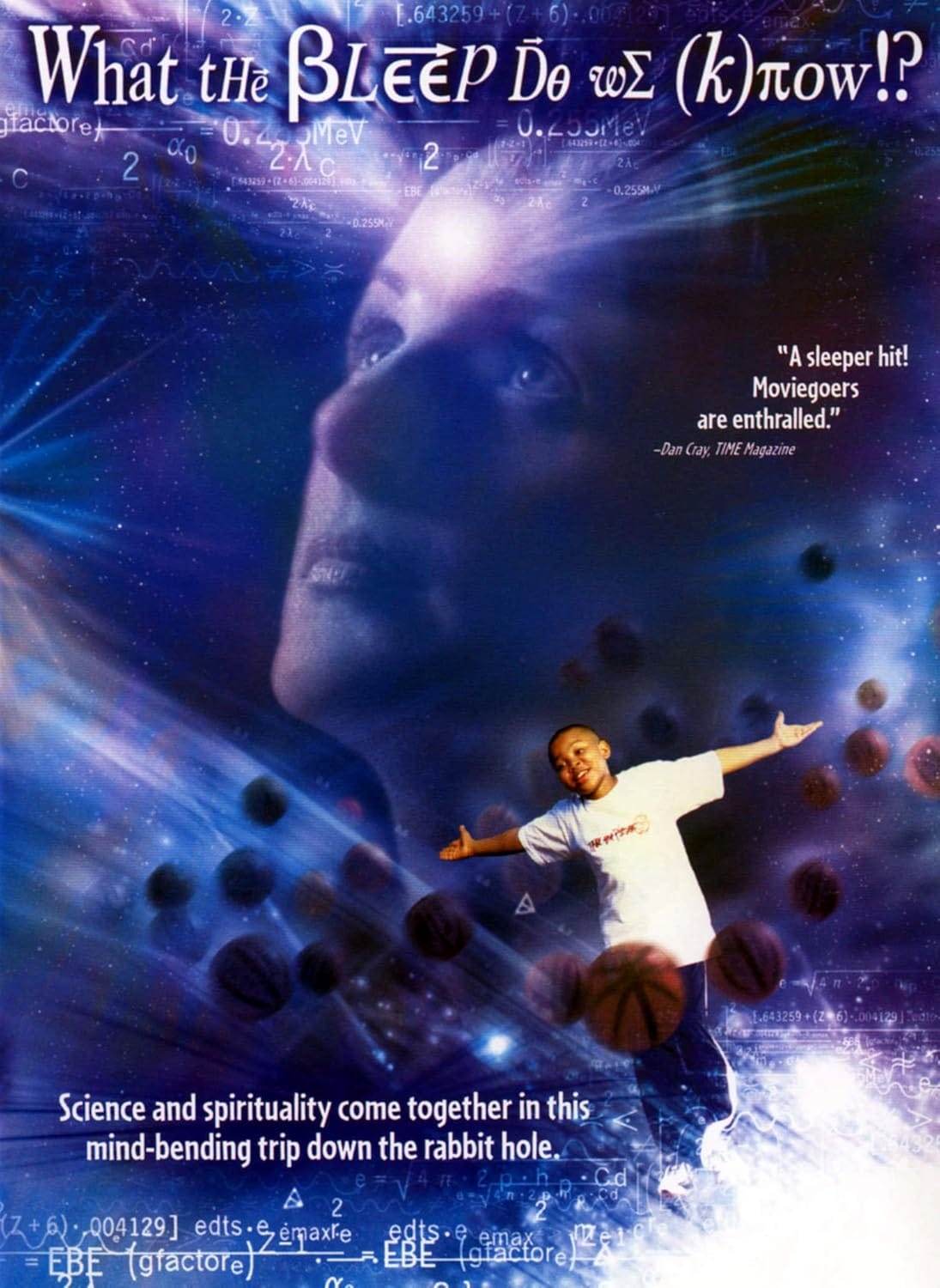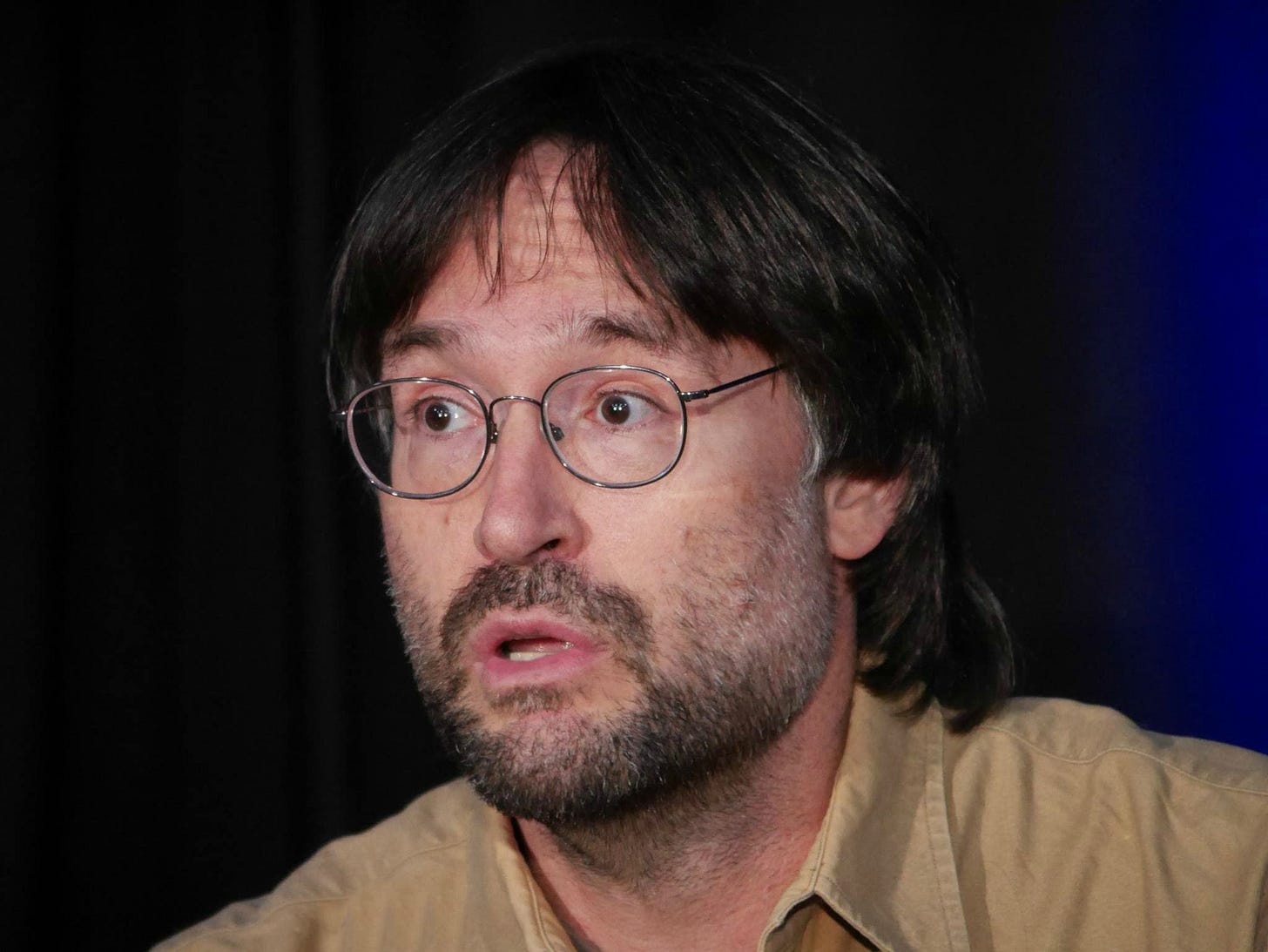Quantum mechanics, the branch of physics that deals with the behavior of particles at the smallest scales, has captivated both scientists and the public. Its counterintuitive principles, such as wave-particle duality and the probability cloud, challenge our classical understanding of physical reality.
In recent decades, certain New Age philosophers and self-help gurus have appropriated quantum terminology to promote concepts such as "mind over matter," "consciousness creates reality," and "quantum healing."
This fusion of science and mysticism, often derisively termed quantum woo, has drawn criticism from the scientific community for misrepresenting and misapplying quantum principles.
The Rise of Quantum Mysticism
The term quantum mysticism refers to the blending of quantum mechanics with spiritual and mystical beliefs. This movement gained momentum in the late 20th century, with figures such as alternative medicine advocate Deepak Chopra popularizing ideas that suggest quantum physics can explain consciousness and personal transformation. Chopra's books Quantum Healing and Ageless Body, Timeless Mind propose that the mind can influence the body at the quantum level.
Similarly, the 2004 New Age film What the Bleep Do We Know!? intertwined quantum physics with spirituality, leading to widespread discussions about the potential connections between science and consciousness.
Scientific Critiques of Quantum Woo
Physicists and other scientists have been vocal in their opposition to the misuse of quantum mechanics terminology in New Age philosophy.
Taner Edis, a physics professor at Truman State University in Missouri, argues that while quantum phenomena are counterintuitive, they do not support mystical interpretations. He says that quantum mechanics describes the behavior of particles and does not provide evidence for consciousness influencing physical reality. In his article Calling Out Quantum Woo, Edis criticizes the popularization of quantum mysticism, stating that "quantum has come to mean magic," and that such interpretations are misleading and unscientific.
What the Bleep Do We Know!? faced harsh criticism from physicists for its misrepresentation of quantum concepts. Lisa Randall, a theoretical physicist at Harvard, called the film "the bane of scientists."
Jerry Coyne, a University of Chicago evolutionary biologist and author of the book Faith Versus Fact: Why Science and Religion are Incompatible, described Chopra's quantum healing as "scientifically-sounding psychobabble," emphasizing that such concepts distort legitimate science to promote pseudoscientific ideas.
Brian Cox, a physicist and astronomer at the University of Manchester, echoes these criticisms, arguing that the misuse of quantum terminology undermines genuine science and misleads some people into thinking mystical claims have a scientific basis.
A study published in Physics Review Physics Education Research highlighted the prevalence of pseudoscientific beliefs about quantum mechanics among high school students and teachers. The study found that misconceptions about quantum principles are widespread, underscoring the need for accurate science education.
References
Edis, T. (2025). Calling Out Quantum Woo. Skeptical Inquirer.
Salzberg, S (2013). Deepak Chopra’s pseudoscience is called out by Jerry Coyne. Genomics, Medicine, and Pseudoscience.
Steadman, I. (2014). Deepak Chopra doesn't understand quantum physics, so Brian Cox wants $1,000,000 from him. New Statesman.
Physics Review Physics Education Research. Study on pseudoscientific beliefs about quantum mechanics.





New Agers seem eager to escape stubborn reality. Just because Heisenberg was uncertain about the where and when of particles doesn't mean "reality is up for grabs." We still have to contend with ordinary Newtonian physics and all the biological and ecological realities in our standard 3-D world. We can't merely pray or intend our way through it.
I agree, David, but I would just add a couple of things. There is no good and universally accepted explanation of QM's "measurement problem" as far as I have ever heard or read. What causes a probability waveform to collapse to a single measurement when "observed" is unexplained except by a bunch of generally pretty far out "interpretations" of QM such as the Copenhagen Interpretation and the Many Worlds Interpretation. The latter says when a measurement is taken, whole new universes, all unobservable except for the one the observer ends up in, get spawned. If observations can create whole universes (talk about creating realities!), perhaps some New Agers can be forgiven for claiming that conscious observations create vastly smaller effects.